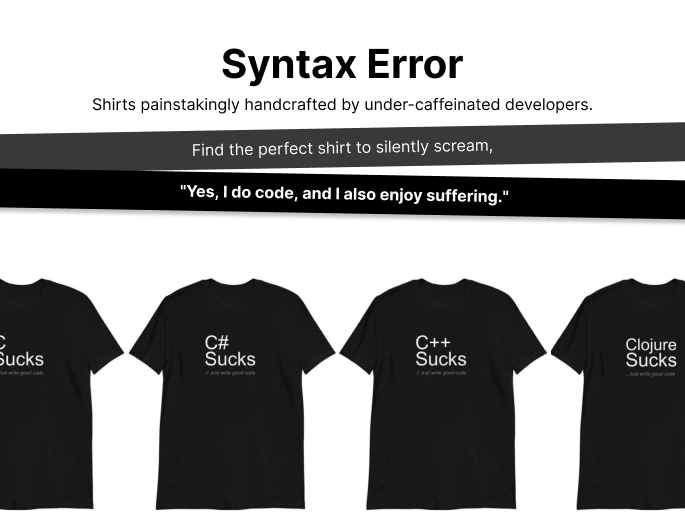Source: thenewstack.io
How to Solve Kubernetes Persistent Storage ChallengesCategory: Software, Data, Kubernetes, containerization
We think you might be interested in this job:
Prismatic
Stateless applications — those that do not need to store data from one session to the next — do indeed perform admirably in a Kubernetes infrastructure.
The chief downside to this approach is that it doesn’t provide the host of benefits that comes with using Kubernetes.
To provide Kubernetes with persistent storage and make it work with stateful applications, some developers choose to build arcane workarounds.
They provide storage that is attached to the same container as the application itself and is able to survive node failure.
Related Articles
Community Partners
DevOps Careers









